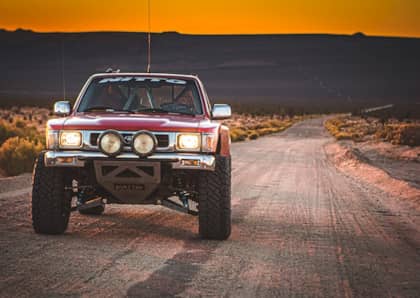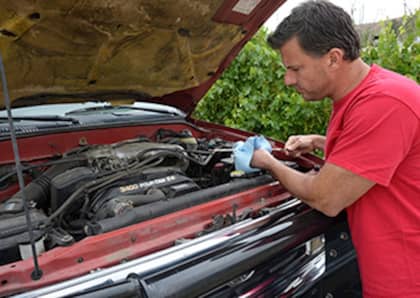Trail Finder: Tips for Planning Out Your Next Off-Road Adventure
Nothing makes me happier than hearing from my readers how much they enjoy my articles, and I’m amazed at how many actually take the time to track down my contact information and e-mail me personally. I’ve had some fantastic on-going conversations with fellow enthusiasts, and recently, some have suggested topics they would like me to cover. I’m taking those suggestions to heart!
Bob J. asked if I would share how I find so many interesting places to explore. Seeking out little-known, remote sites in the desert is a passion of mine. I wish I could say that there is an easy answer to putting together an interesting off-road trip, but the truth is that it takes a lot of work. The exact locations of many archaeological and historical sites are usually well-kept secrets to protect them from vandalism and theft. It sometimes can take an incredible amount of research to find any info at all, or time developing a relationship and earning the trust to have the information shared with you. Sometimes, I have to piece together clues from many different sources.
Here is how I find interesting places to visit:
Off-Road Trail Guides
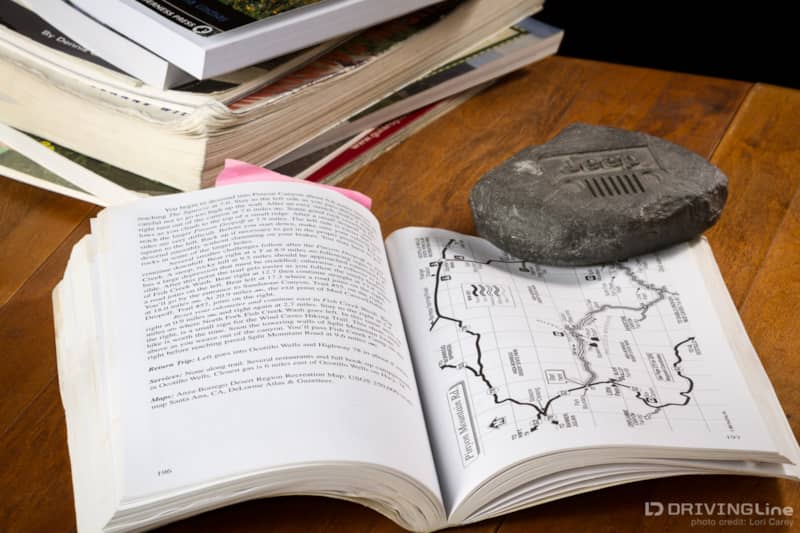
Off-road trail guides are a given, but don’t discount hiking guides. Many hiking trailheads require off-road travel to reach, and hikers are typically more knowledgeable about things that are just off the beaten path. Regional guides and history books can be a great source of info too. Books about the history of Western Expansion and the gold mining era can contain a wealth of information about old mines, camps and ghost towns. Many of the overland routes that were established for wagons back then still exist today and can be traveled by a capable off road vehicle.
Topographic Map
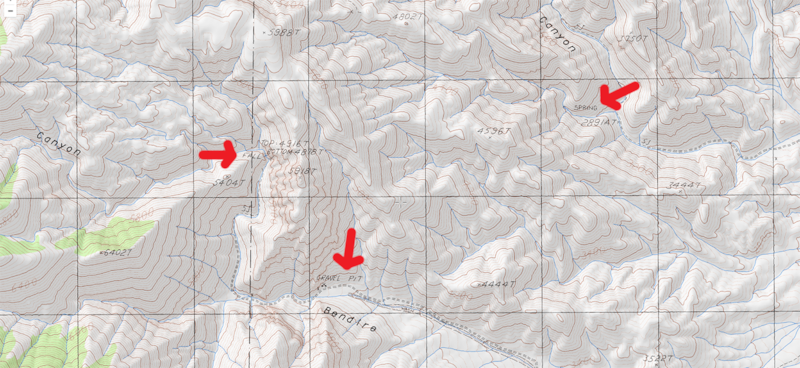
Learn how to read a topo map and take a good look before heading out. You might find features like mines, caves, historical sites, springs and buildings to explore. Hint: springs can be a good place to find wildlife and archaeological sites.
Use a Little Science!
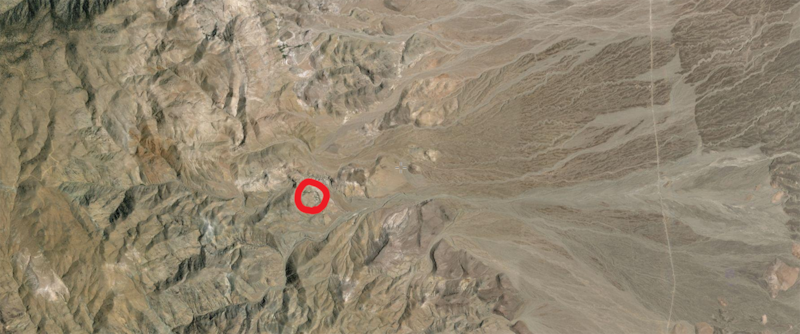
#IFLS! Not just the website, I really do love science. I love to learn about local plants and animals, especially those that have adapted to survive in the desert. I’m amazed by the local geography (the forces that move the earth!), and I’m fascinated by archaeology. Learning about these things often gives me ideas of places I want to visit.
Google Earth
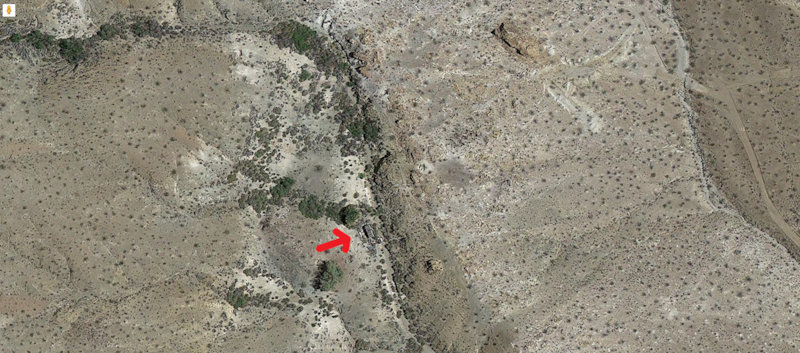
I rely heavily on Google Earth for trip planning. The satellite images allow me to actually see the trails and plan a route, and I can visually explore the surrounding area for anything that looks interesting and note the coordinates.
Many of my friends are outdoor enthusiasts who love the desert, and although they don’t consider themselves off-road enthusiasts, they require a capable four-wheel-drive vehicle to get where they want to go. I have friends who are landscape photographers, peak baggers, long distance hikers, boondockers and prospectors. They often let me know about places I should visit.
Regional Forums
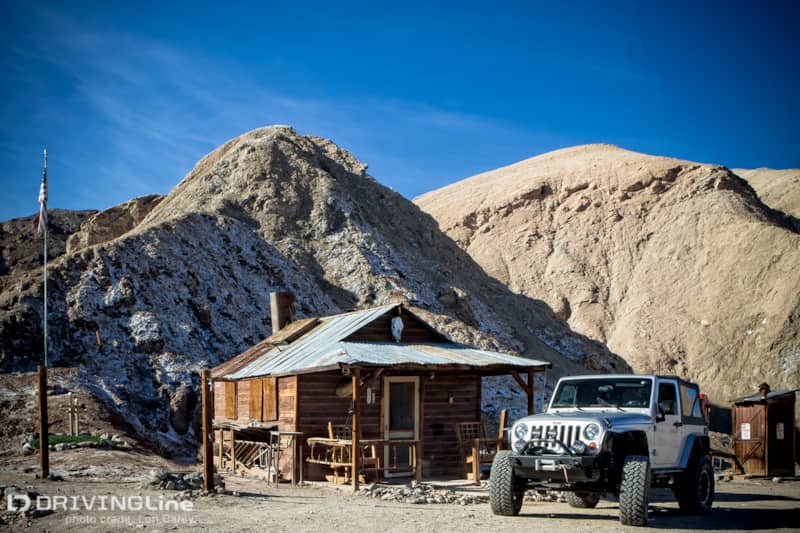
I find a lot of great information from web surfing, but it might surprise you to learn that I don’t rely on Jeep or off-roading forums. I prefer small regional forums that focus on places like Death Valley where locals and other knowledgeable people may share information. I also have found good information on the personal blog posts of fellow desert adventurers. But, finding the right blog is the hard part, and as I mentioned earlier, exact locations are typically not shared.
Once I find an area of interest, the really hard work begins. I spent many frustrating weeks trying to determine the exact location of the cabin I visited at the salt flats along Harry Wade Exit Route, but was never able to find more than a general hint. Once I was actually out on the trail, I had to rely on my instincts and it took me two attempts before I was able to locate it.
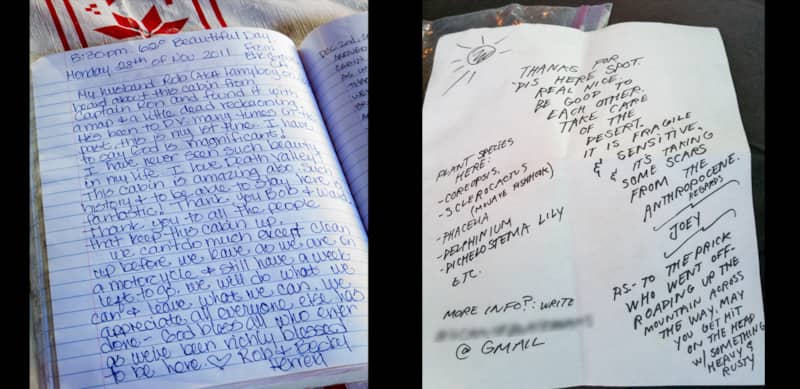
Read the logbooks you’ll often find in remote cabins and other shelters. Many people take the time to leave detailed information about their adventure and you never know what you might learn. Scientists often use these cabins while conducting field research and may leave interesting information too. At Scouts Cove in the Black Mountains I found a list of all of the flowers that were blooming in the area (as well as an admonishment to an irresponsible off-roader).
Talk to People
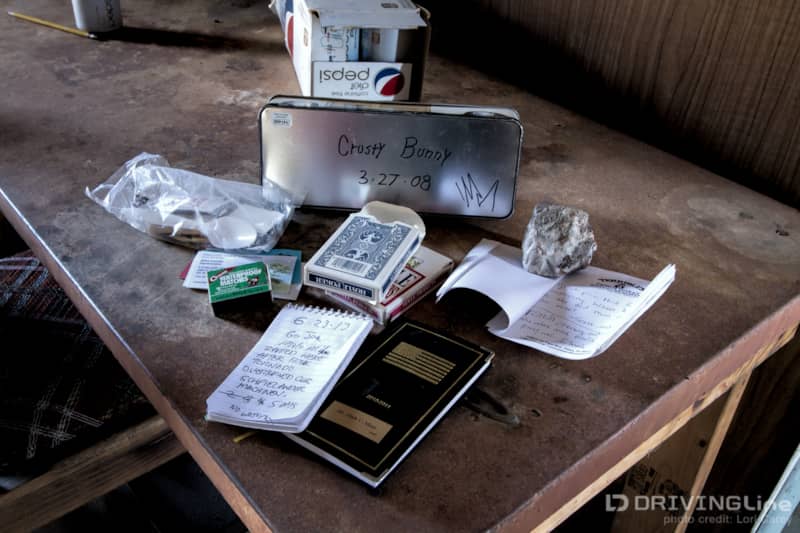
Talk to the old timers. If you are lucky enough to meet someone who has spent most of his or her life in the desert, spend some time with them if they welcome the company. They know where everything is, love to share stories, and will often recommend trails and places to visit.
Explore
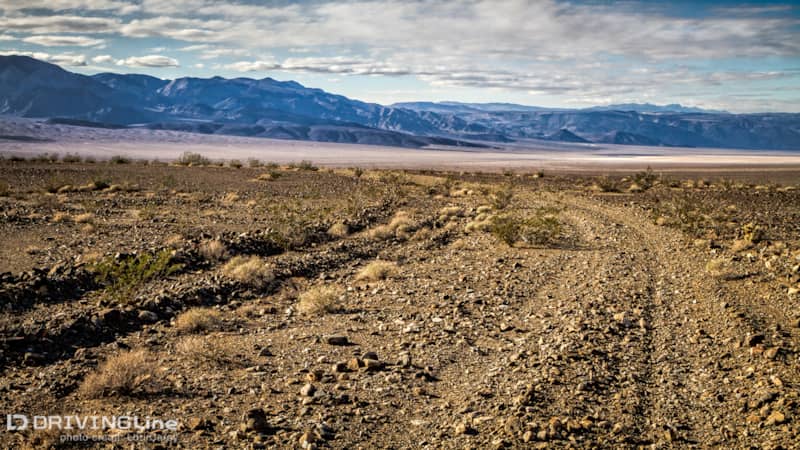
Have a sense of adventure and willingness to explore, you never know what you are going to find. Once your vehicle and your skills are ready for it, if you see a trail that looks interesting, give it a try. At worst you have to turn around because it’s not safely passable, and at best you may find incredible scenery or a really cool historic site. This is how I found Bendire Canyon, which my husband declared his favorite trail of the year. If you find something interesting, mark the location on your GPS to research back at home. One downside to this approach is that you may miss things along the way. That’s why I missed seeing the Panamint Valley Crater when I practically drove right past it.
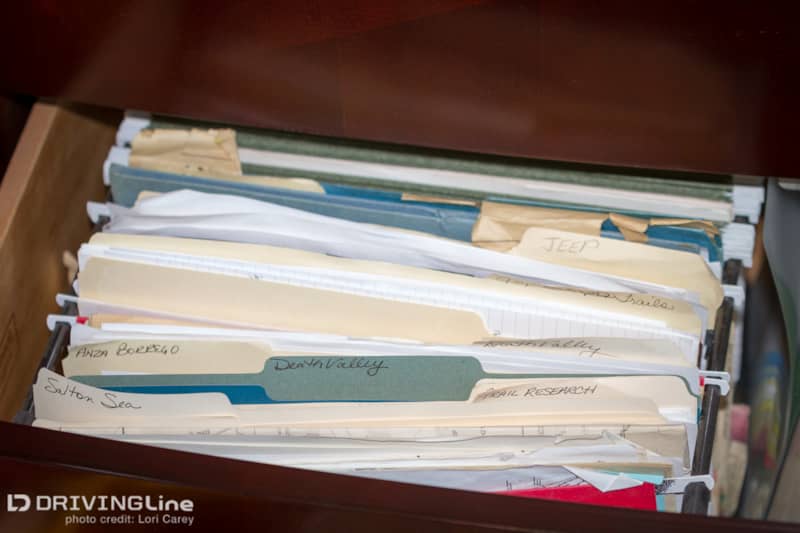
Planning an overland trip typically takes days or weeks (and sometimes longer) of research. Once I determine the general location I want to visit, I still need to map out routes of travel along with alternate routes, identify possible locations for camp, research any interesting side trips to explore, and determine logistics like when and where to get gas. It often requires putting little tidbits of information together that were gathered from multiple sources. I have an entire (unorganized) file cabinet filled with notes, printouts, and lists of coordinates that I have collected over the years. More recently I’ve been using Evernote to save documents so they are searchable (And here's a list of other apps I find handy along the trail.)
I hope this gives you some ideas on how to find interesting places to explore off road!
Driving Line has gathered a treasure trove of trail reviews and adventures, so stay and browse for some more ideas – in Southern California or in other parts of the U.S.




